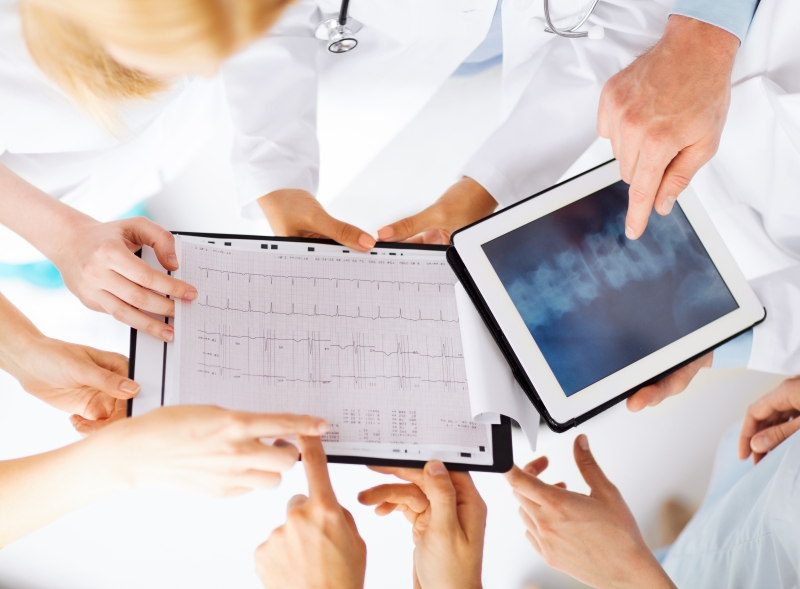Anatomy and Physiology
2015
These intriguing areas of interest have everything to do with every aspect of organic life. Anatomy and Physiology are both ways to look at studying a body. While Anatomy as a discipline centres on the structure of the body, Physiology is more focussed on the function of the components, whether individually or collectively. To examine these concepts in greater depth, there are specialisation categories for more focussed study.
Anatomical and Physiological Specialisims
Gross/macroscopic anatomy studies parts of the body that are visible to the naked eye, such as…eyes! Or veins, or muscles, or bones, or spleens.Cytology focuses on cells in microscopic detail at a microscopic level, and Histology does the same with tissues.Neurophysiology looks specifically at how the nervous system operates.You can read more about this at Cliffnotes.
The Cardiovascular System
Made up of two circuits (hence also being referred to as the circulatory system), the cardiovascular system transports oxygen around the body.The pulmonary circuit delivers blood to the lungs to remove carbon dioxide and add oxygen. The haemoglobin in red blood cells (which gives them their red colour) picks up the oxygen from the lungs to carry it around the body. The oxygenated blood then returns to the heart, which acts as a pump for the circuits.The systemic circuit takes the oxygenated blood around the body to provide oxygen to other organs, and returns the deoxygenated blood to the heart.The three core components of the cardiovascular system are the heart, the blood vessels, and the blood. You can read lots more about how this system works here.
The Respiratory System
Respiration is an intricate process that introduces oxygen into the body through the lungs, and energy in the form of glucose into the body via the muscles. When we breathe, air travels through the nose or mouth down the trachea and bronchi into the lungs. The bronchi extend down into the lungs into bronchioles, and these are covered in tiny sacs called alveoli, which is where gas exchange occurs. Oxygen passes from the lungs to the blood, and carbon dioxide passes from the blood to the lungs.
Aerobic Respiration
This is when the body is at rest, and oxygen enters the lungs through breathing. When the body needs more oxygen, such as when exercising, the heart beats faster and breathing becomes faster and deeper to acquire and circulate oxygen faster.
Anaerobic Respiration
When more oxygen is needed than can be provided by breathing, the body has to convert stored energy from the glucose in the muscles into energy the body can use. A byproduct of this process is lactic acid build-up, which causes muscles to ache.You can learn about the Respiratory System by reading about it by clicking hereOther areas of accessible interest for those wishing to find out more about the anatomy and physiology of humans include things like the Skeleton, Bones and Joints and Muscles and Motion.Since everything we ever do is implicated by our understanding of anatomy and physiology, it’s well worth exploring these fascinating areas of study.